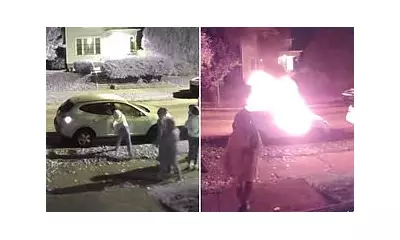
Disturbing new court filings have laid bare the extensive and sinister internet history of Bryan Kohberger, the prime suspect in the brutal murders of four University of Idaho students, painting a picture of meticulous premeditation.
The revelations, contained within a recent 53-page document from the Latah County Prosecutor's Office, detail a series of web searches conducted by the 29-year-old criminology PhD student in the months and weeks leading up to the November 2022 attacks.
The Sinister Digital Trail
Prosecutors allege that Kohberger's search history, recovered from his phone and apartment, included specific and chilling queries. Among them were searches for:
- "How to navigate a car with permanent license plate cover"
- "What is a DMV plate number reader capable of"
- "Can you use a prepaid card to avoid detection"
- Directions to the victims' King Road residence
This digital evidence forms a crucial part of the prosecution's case, suggesting a calculated effort to avoid detection before, during, and after the horrific crimes.
A Timeline of Suspicious Activity
The documents further reveal that Kohberger's phone was switched off or in airplane mode during the estimated time of the murders—between 4:00 AM and 4:20 AM on November 13th—a move prosecutors argue was intentional to conceal his location.
In a particularly damning piece of evidence, his mobile device was tracked travelling from his Pullman apartment to the area of the students' home no fewer than 12 times prior to the attacks, often in the late hours of the night.
The Victims and the Ongoing Case
Kohberger stands accused of murdering Kaylee Goncalves, 21, Madison Mogen, 21, Xana Kernodle, 20, and Ethan Chapin, 20, in their off-campus home. He has pleaded not guilty to four counts of first-degree murder and one count of burglary.
While a trial date has been tentatively set for October 2024, the defence continues to challenge the evidence, including the DNA found on a knife sheath left at the crime scene. The case continues to captivate and horrify the public, representing one of the most significant murder investigations in Idaho's recent history.





